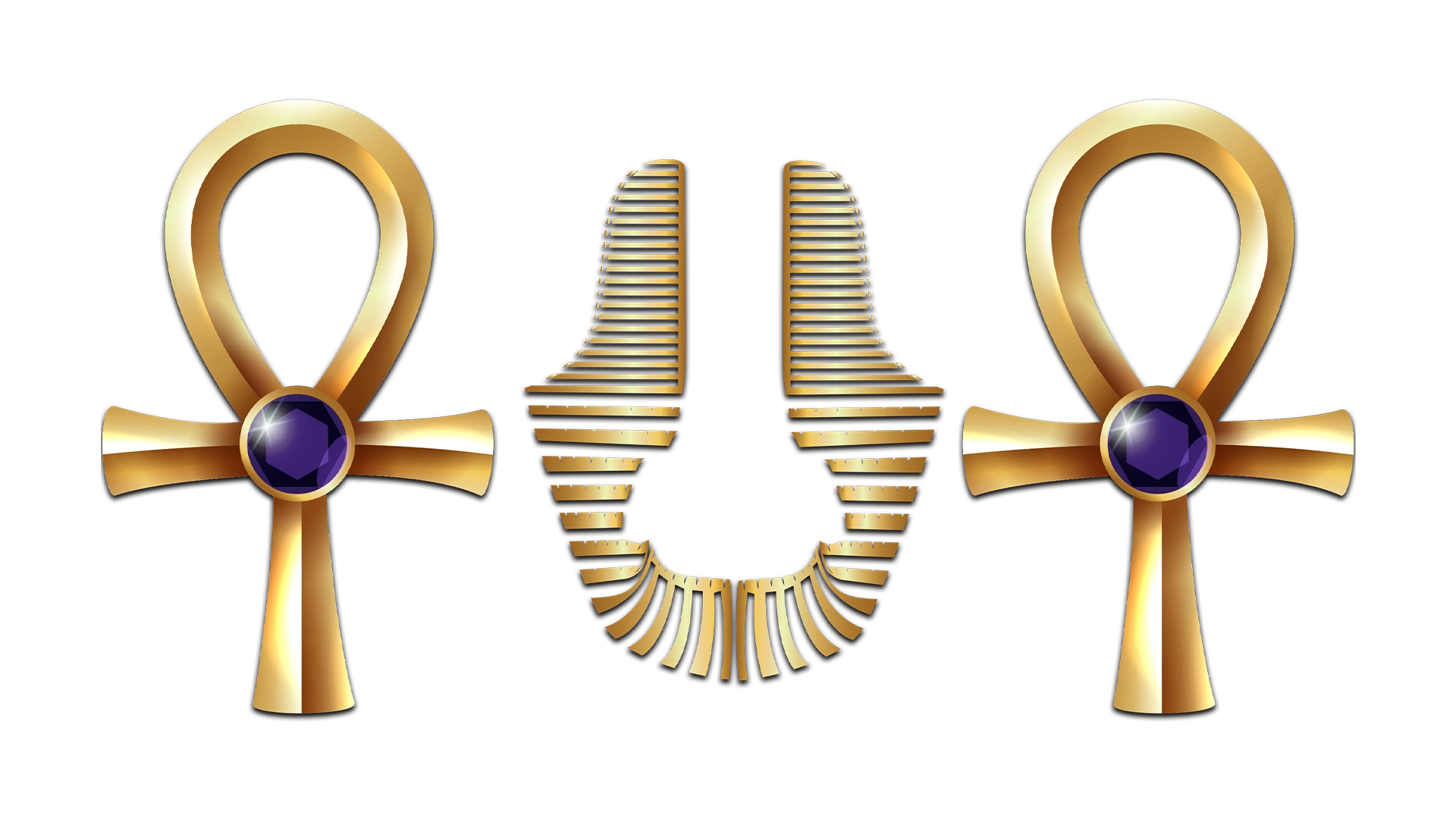The Statue of Hatshepsut: A Symbol of Power
The statue of Hatshepsut is an extraordinary depiction of one of Egypt’s most iconic female rulers. Hatshepsut , who ruled during the 18th Dynasty, was among the first women to claim the title of pharaoh. This statue highlights her authority and power, as she is portrayed wearing the royal crown. The statue of Hatshepsut symbolizes her divine right to rule and her strength as a leader.
Achievements Reflected in The Statue of Hatshepsut
Hatshepsut’s reign was marked by prosperity and remarkable architectural achievements. She commissioned the construction of her magnificent mortuary temple at Deir el-Bahari, one of the most stunning structures in ancient Egypt. The statue of Hatshepsut captures her as a visionary leader, embodying the qualities of strength, wisdom, and resilience. Notably, she dressed in the traditional male pharaoh attire, including the false beard, to assert her legitimacy.
Hatshepsut’s Legacy Through The Statue
By presenting herself in this way, Hatshepsut challenged traditional gender roles and secured her place as a legitimate ruler. She not only maintained Egypt’s prosperity but also expanded trade routes, bringing wealth to the kingdom. Her reign left a lasting impact on Egypt’s economic and political landscape, and the statue of Hatshepsut serves as a powerful reminder of her achievements.
The Statue of Hatshepsut: A Testament to Lasting Influence
Although her successor, Thutmose III, tried to erase her memory, Hatshepsut’s legacy endures. The statue of Hatshepsut and her other monuments symbolize her ability to overcome the challenges of her time and leave a permanent mark on Egypt. Today, the statue continues to inspire and inform people about her extraordinary life and reign.
To explore more about Hatshepsut’s fascinating reign, check out related products like the Statue of Osiris or the Statue of Anubis. For further reading, visit the British Museum’s Hatshepsut collection or learn more on Britannica.











Reviews
There are no reviews yet.